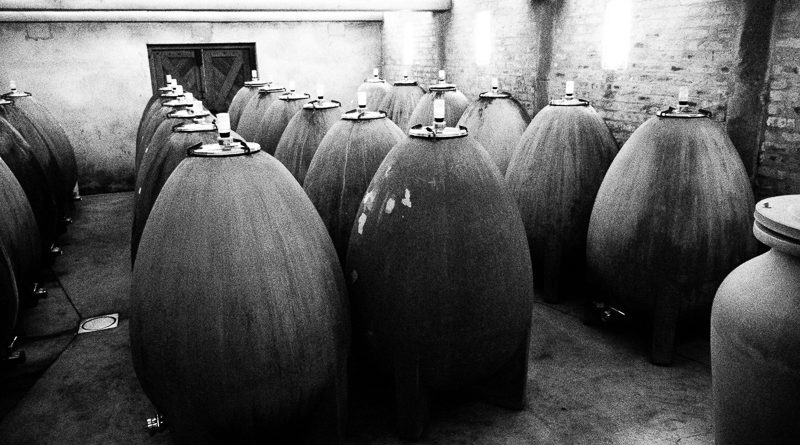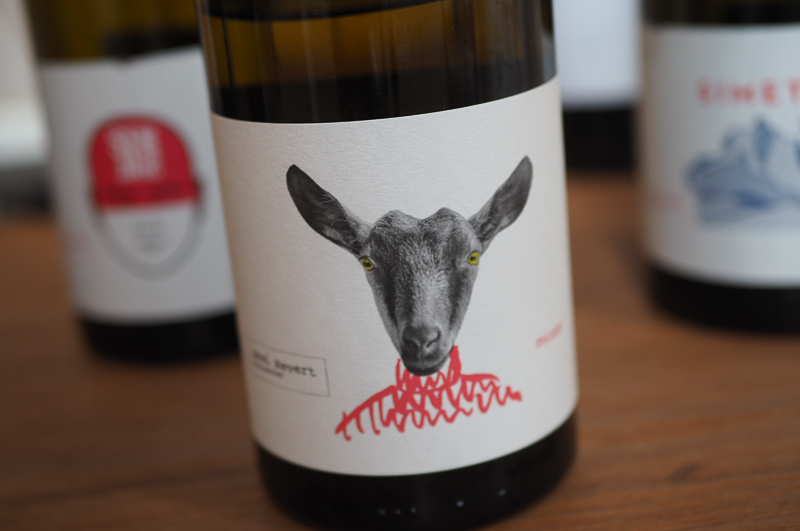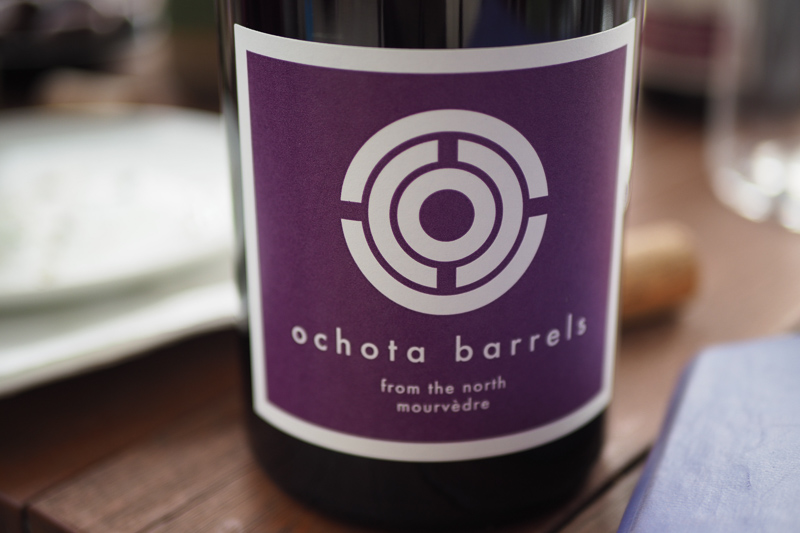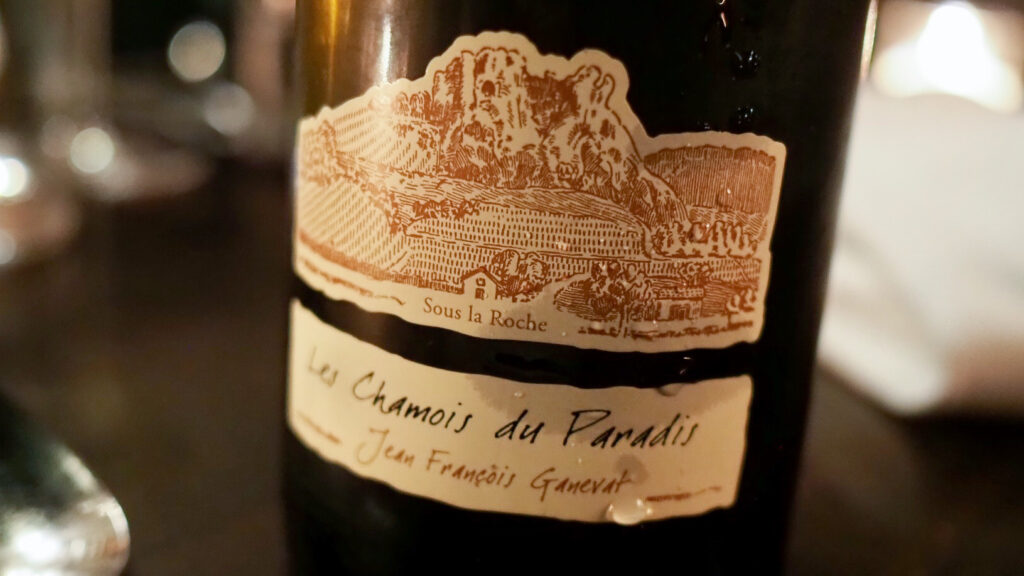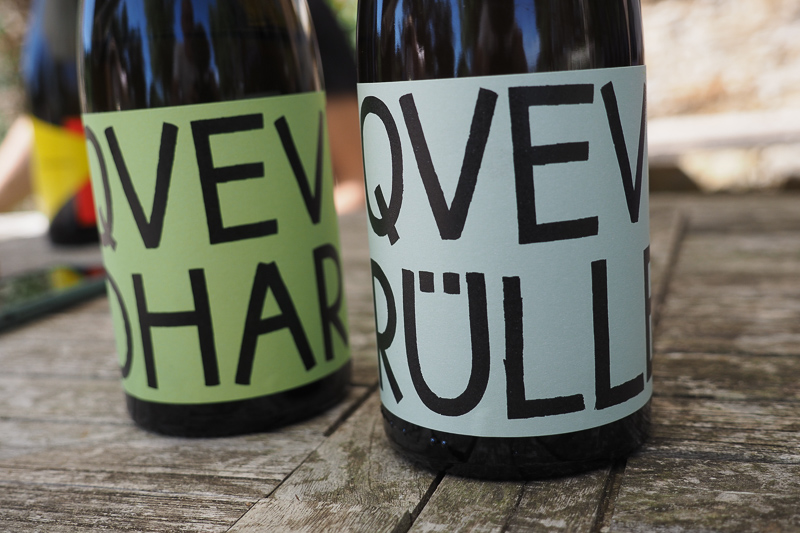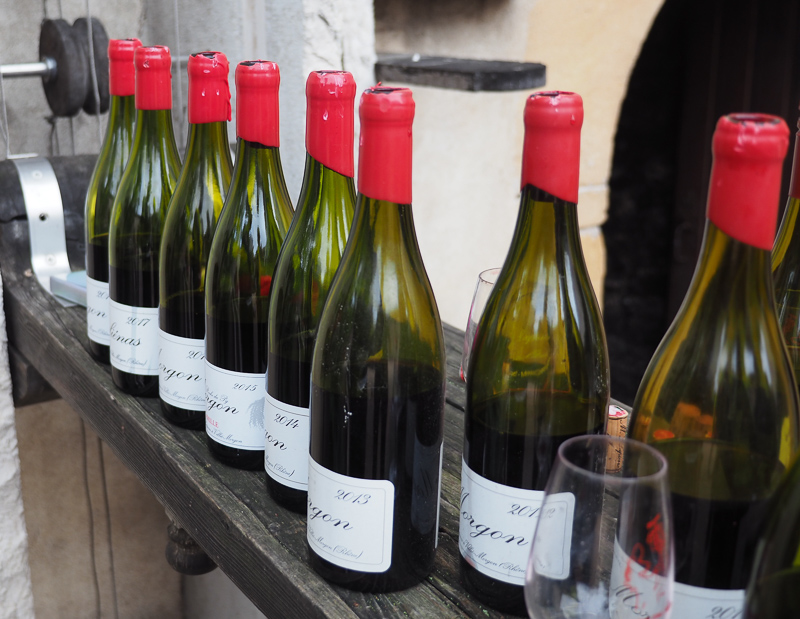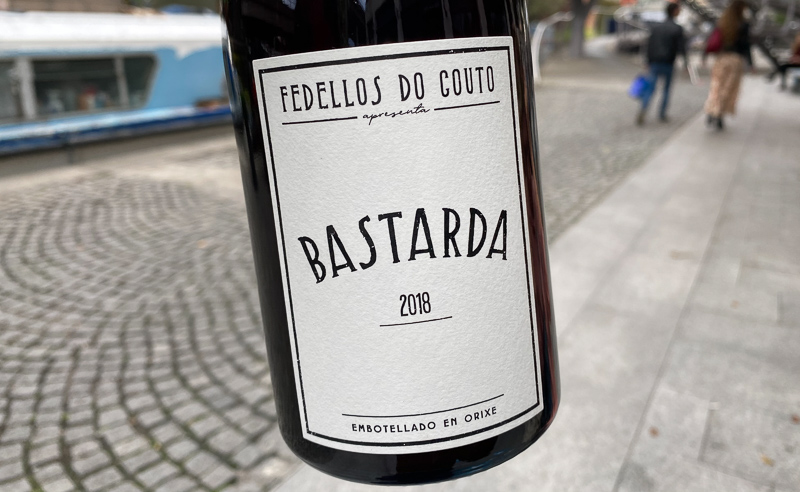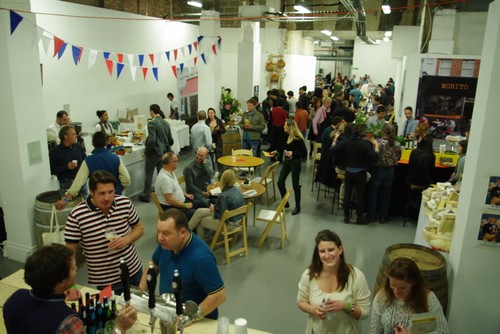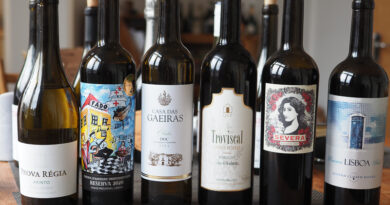Who are the true innovators in the world of wine?
Who is leading innovation in the world of wine? It’s not the big wine companies. It’s not people using cans or strange shaped bottles. It’s rarely those who criticise the wine industry for its failure to innovate.
I think that over the last decade and a bit, it has been the natural wine segment.
First, they’ve been innovative in their packaging. Some of the label design on natural wines is really artistic and creative. It resonates with many customers. And the resurgence of wax! This has been led by the natties.
Secondly with their natural wine fairs. They aren’t the old school fancy exhibitions with tiered stands and bored people wearing suits. They are rustic and have an informal, welcoming vibe. They are happy to have trade visitors, but really they are consumer focused. And they are full of younger people – a demographic that most of the wine business has found it difficult to connect with.
Thirdly, with their vessels of elevage, specifically concrete eggs and clay. The move from small oak has been a repeated story in the natural wine scene, and I certainly first came across concrete eggs and qvevri through natural winegrowers. It’s a trend that has spread through many parts of the wine world. Amphorae, qvevri, talhas, tinajas – they are everywhere now.
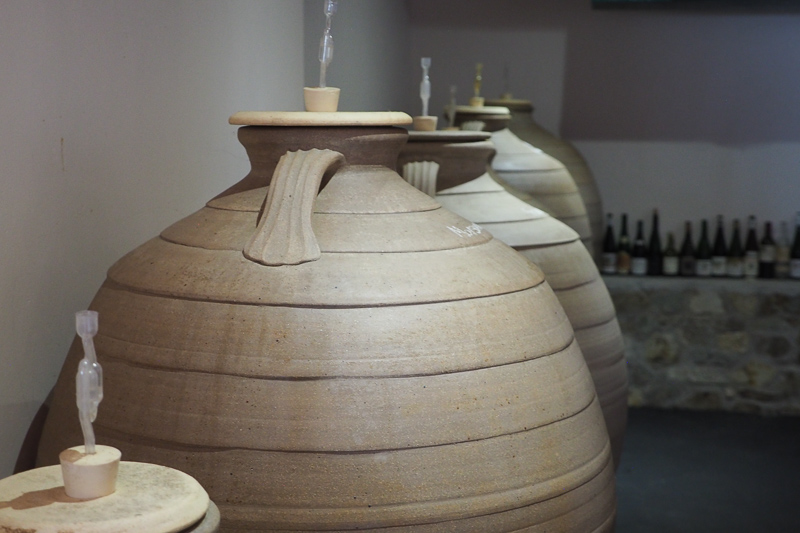
Fourthly, the natural wine movement has spearheaded the rediscovery of drinkability in wine. Putting the consumption occasion as a central focus has been important. For a long time wine has struggled with elitism and exclusion; with fancy wine cellars for rich folk to house their collections in; with white table cloths and hushed reverence. Now we have glou glou wines – no need to cellar, pop the cork, share. The emergence of lighter-coloured red wines from unfashionable regions but which show amazing smashability has been a welcome trend that has spread far beyong its natural wine origins.
And fifthly, we are seeing the rediscovery of piquette, which I wrote about recently. This is a cheap wine made by adding water and sometimes sugar to grape pomace to create a light, refreshing, often petillant wine. It used to be for poor people, or for vineyard and winery workers, and was a thirst quencher as much as anything, and now the natural wine movement has spearheaded its re-emergence. It’s a wine for the times, and it also avoids waste.
Criticise the natural wine movement all you like, but there’s no denying it is innovative, and has benefitted the world of wine more broadly through its creative influence.

